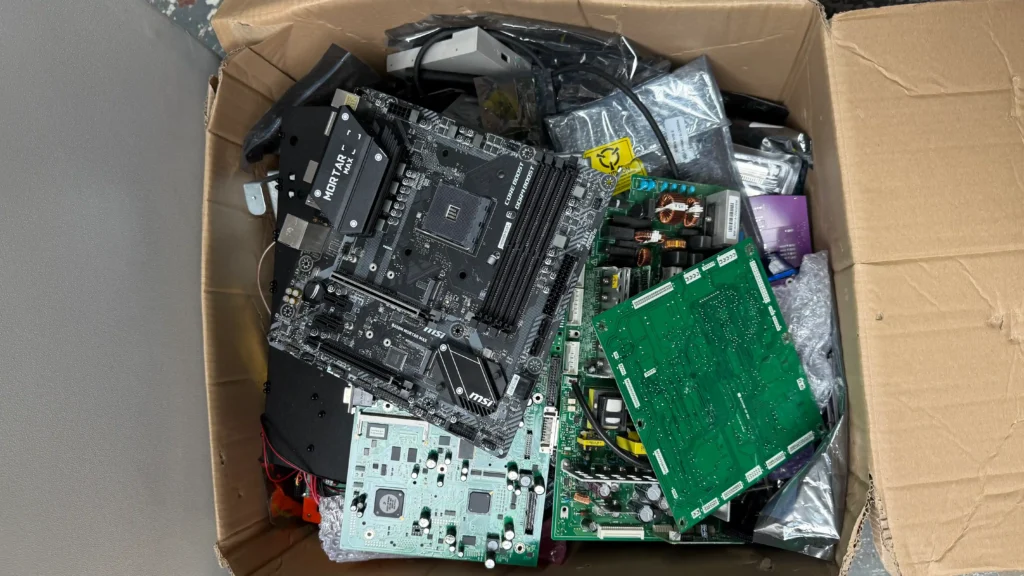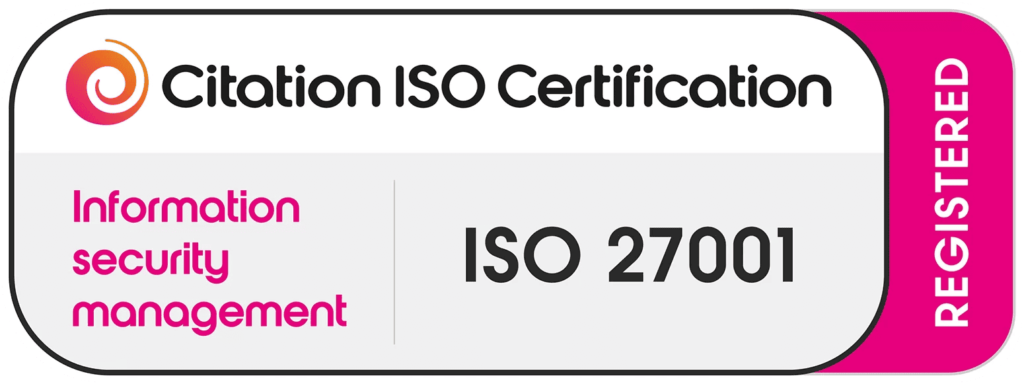Introduction
Understanding IT Recycling in the Digital Age
In today’s rapidly advancing digital world, IT recycling has become more important than ever. With millions of devices being produced, used, and discarded every year, electronic waste (e-waste) is piling up at an alarming rate. IT recycling refers to the process of safely managing, reusing, and recycling outdated electronics, ensuring that valuable resources are recovered while harmful substances are kept out of the environment.
Unlike traditional waste, e-waste contains a mix of hazardous and valuable materials. This includes toxic substances like lead, mercury, and cadmium, alongside recoverable resources such as gold, copper, and rare earth metals. Without proper systems in place, discarded electronics can harm both the environment and human health.
Why E-Waste is Growing Rapidly in Modern Society
The rise in electronic waste disposal is directly tied to how quickly technology evolves. Smartphones, laptops, tablets, and servers are constantly upgraded, leaving older models obsolete. Data centres also contribute significantly to data centre e-waste, as companies replace equipment regularly to maintain efficiency.
As people demand faster devices with more features, the lifespan of electronics gets shorter. This culture of “use and replace” has made e-waste management one of the biggest environmental challenges of the 21st century.
Environmental & Economic Impact
Environmental Consequences of Improper Electronic Waste Disposal
Improper disposal of electronics leads to severe environmental issues. Devices that end up in landfills release hazardous materials in electronics into the soil and water, polluting ecosystems and threatening public health.
Toxins such as brominated flame retardants, cadmium, and lead can accumulate in the environment, causing long-term damage. That’s why proper waste disposal practices are essential to prevent contamination and safeguard communities.
Economic Value in IT Recycling and Resource Recovery
While e-waste poses risks, it also holds enormous economic potential. Recycling facilities can extract gold, silver, and rare earth recovery from e-waste, reducing the need for destructive mining operations. These materials are critical for producing smartphones, batteries, and green technologies.
By promoting recycling benefits, societies can create new job opportunities, lower manufacturing costs, and move toward a circular economy where resources are reused rather than wasted.
Regulation & Compliance
Global and Regional Policies on E-Waste Management
Governments worldwide are implementing stricter rules on electronic waste management. The European Union, for example, enforces Waste Electrical and Electronic Equipment (WEEE) directives, requiring manufacturers to handle end-of-life products responsibly.
Other regions are adopting similar e-waste management frameworks to prevent illegal dumping and encourage sustainable recycling. Compliance with extended producer responsibility legislation (EPR electronics) ensures that producers share accountability for the entire lifecycle of their products.
The Role of IT Asset Disposition (ITAD) in Secure Disposal
For businesses, IT asset disposition (ITAD) is critical in managing old equipment. ITAD services not only focus on electronic waste disposal but also guarantee data security by wiping sensitive information before recycling or resale.
This makes ITAD a vital component of corporate e-waste recycling best practices, ensuring compliance, sustainability, and security.
Technological & Business Solutions
Latest Innovations in IT Recycling Technologies
The recycling industry is evolving with advanced methods such as AI-powered recycling, robotics, and chemical separation techniques. These innovations improve efficiency in recovering metals and reduce the cost of waste recycling.
The Rise of Device Refurbishment and Reuse
Instead of discarding devices, many companies and consumers are embracing device refurbishment. By repairing and upgrading older models, electronics can enjoy a longer life cycle. This aligns with the concept of reuse vs recycle electronics, where extending usability comes before recycling.
Best Practices for Businesses in IT Recycling
Businesses play a huge role in reducing data centre waste and electronic scrap. Implementing proper disposal of electronic devices, adopting ITAD services, and prioritizing corporate sustainability are key steps. Companies can also partner with certified recyclers to ensure compliance with global regulations.
Challenges & Risks
Common Barriers to Effective E-Waste Recycling
Despite progress, challenges remain. Many regions lack proper collection infrastructure, and public awareness about waste recycling is still limited. Additionally, informal recycling practices can lead to unsafe handling of hazardous waste.
Data Security Concerns in IT Recycling
Another barrier is the fear of data breaches. Discarded servers and storage devices may contain sensitive information. Without secure IT asset management and disposal processes, businesses risk serious security issues.
Global & Ethical Perspective
E-Waste and Its Impact on Developing Countries
A large portion of global e-waste is shipped to developing countries, where it’s often dismantled under unsafe conditions. Workers are exposed to toxic materials, and local environments suffer from contamination. Addressing these ethical concerns requires global cooperation.
The Role of Circular Economy in Electronics Sustainability
Moving toward a circular economy means designing electronics with sustainability in mind. Manufacturers are adopting green technology design principles, design for disassembly, and creating products with a repairability index so consumers can fix them instead of replacing them.
Future Outlook
Emerging Trends in E-Waste Recycling and IT Sustainability
The future of IT recycling is promising, with governments pushing for extended producer responsibility legislation and companies introducing repairable devices. Consumers are also demanding transparency and eco-friendly practices, driving innovation.
How Individuals Can Contribute to Reducing E-Waste
Individuals can make a difference by following e-waste recycling best practices, choosing certified recyclers, donating old devices, and supporting brands that prioritize sustainability. Consumer awareness is vital for reducing waste and encouraging responsible production.
Conclusion
The Growing Importance of IT Recycling in the Digital Age
The digital era has brought immense progress, but it also comes with the responsibility to manage electronic waste wisely. Through IT recycling, e-waste management, and sustainable practices, we can protect the environment, conserve resources, and build a greener future.


